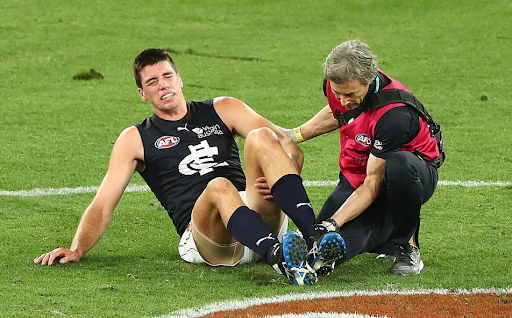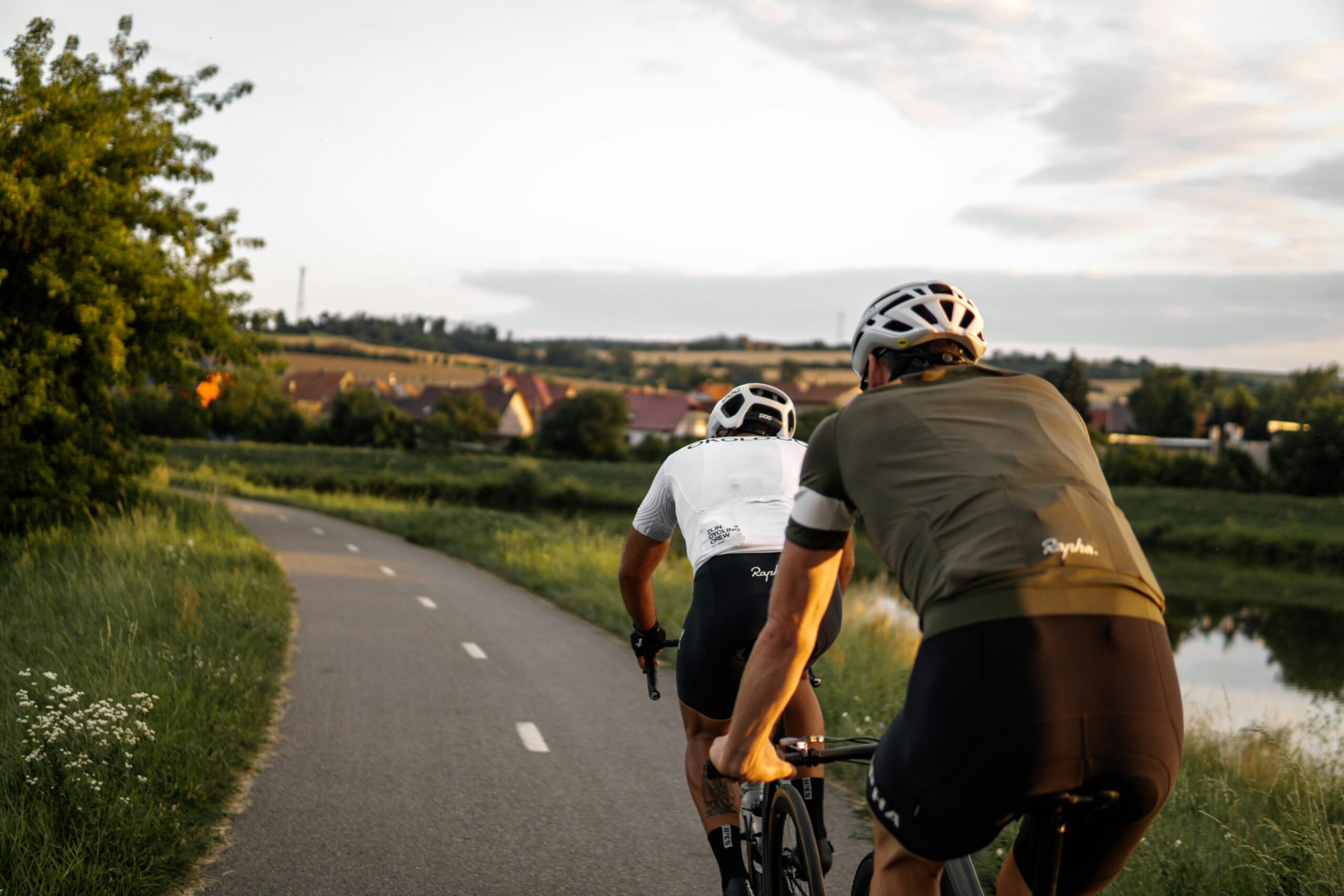Team sports are back: how can you reduce your injury risk
Published on
11 Jun 2020

Call us on: (03) 9975 4133
With the AFL season about to spring into action tonight - Thursday June 11th 2020, many of you will be beginning to think about your own sporting aspirations that may have been put on hold due to the Covid-19 restrictions.
A usual preseason for a sport like AFL is structured in a specific way that allows you to gradually (over approximately 3 months) build up your endurance, speed, agility and sport specific skills, in a way that reduces your risk of sustaining an injury. However, if your sport is now back on the cards for the year, you are not going to have the luxury of time to build this up, and current government restrictions will make it difficult for group training to operate as usual.
Bundesliga, a professional German Football league, was one of the first competitions in the world to return play following the COVID-19 lockdown, and statistics have shown that the injury rate has spiked 3-fold, to that of a usual season. This is not surprising given that some clubs only completed 3 weeks of preparation. Soft tissue injuries start to become a common injury from the age of 25 , particularly among those with a previous history. If this is you, my advice is that you don’t expect to start back where you left off, gradually increase your training loads, and ensure you take adequate recovery, especially when you are feeling sore.
Whilst many of you will have kept up some recreational running over the past few months, evident by the increase in foot traffic in Melbourne’s parks and trails, there is a big difference between slow steady running, and the running demands in sports like AFL. So to reduce your risk of injury you need to gradually expose yourself to the demands of your sport over at least 4-6 weeks, and train like you play.
HOW TO TRAIN LIKE YOU PLAY:
- High speed running
- Start at 80%, and aim to cover the same distance as you would in your sport/position, with adequate rest time to allow you to hit the desired speed
- Gradually increase the speed you hit, and the number of repetitions until you reach the level required in a match
- Acceleration-Deceleration
- Beating your opponent requires you to both accelerate well to reach your top speed quickly, and decelerate well to stop or change direction effectively. It is a skill that needs to be practised
- Change of speed
- Sport is not played at one speed or intensity, practice transitioning from different speeds repetitively, again to suit your position
- Change of direction
- Change of direction drills include zig zagging around cones, moving in a box shape, or ‘L’ cutting
- Reactive change in speed and direction
- #3 and #4 are much easier when you know what’s coming- get a teammate or family member to call out the changes to make, or provide a moving target for you to navigate around, this will improve both your running ability and reaction time
- Skill specific
- The fun stuff- kicking, marking, hand-balling, tackling, bouncing, ground balls etc. Practice them, and start in a non-contact environment (Covid-19 friendly) and work up to contact when you are ready and when government restrictions allow
If you want to know how best to implement the above into your training, or make it more specific to your sport and position, give one of our friendly admin team members a call and make an appointment with one of our Physiotherapists who will work with you to tailor a plan specific to you.


